Workout Injuries: How to Treat and Prevent Them


Stay on Track
Whether you’re new to exercise or have trained for years, you want to do everything you can to take care of your body. After all, working out is one of the best things you can do for yourself, including your heart, bones, and even your mood. See if you need to make some changes so these common injuries don’t bench you.
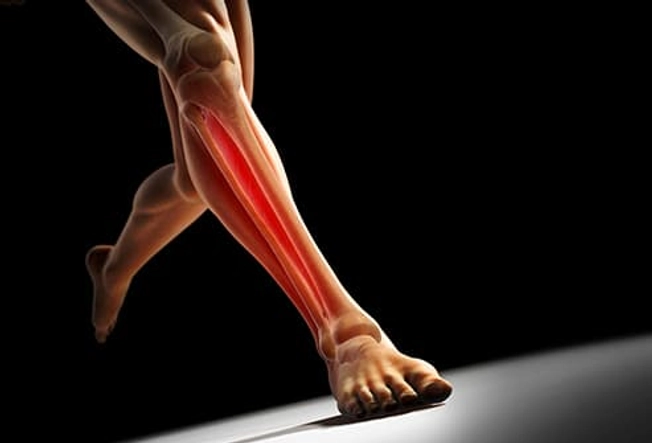
Shin Splints
The bone, muscle, and connecting tendons along the inside edge (or sometimes the outside) of your shinbone can get swollen. It may hurt when you run or after you finish and could be tender to the touch. A new workout, especially jogging, can cause it, or it can happen if you suddenly go much faster or farther. You treat it with ice, rest, stretching, and anti-inflammatory drugs. Once you feel better, wait 2 weeks before starting over.
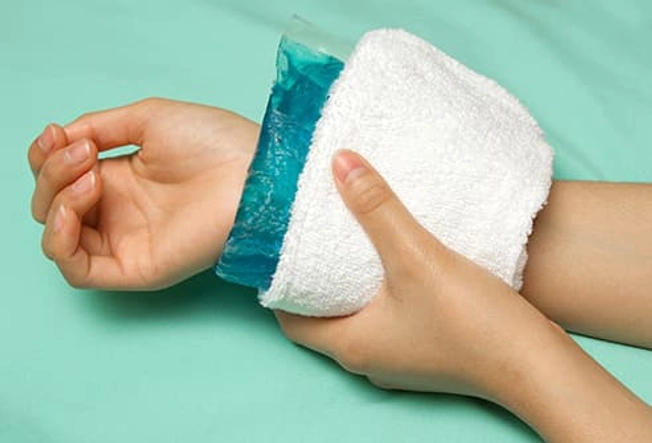
Sprain
It tears the tissue that connects your bones (ligaments), often when you fall or get hit. The area (usually a knee, ankle, or wrist) may be swollen, bruised, and hard to use. Treat it with RICE for the first 2 days:
- Rest: Lie down and keep your weight off
- Ice: 20 minutes at a time
- Compression: Wrap bandage for support
- Elevation: Raise the hurt area (above your nose if possible)
Talk to your doctor if it still hurts after 2 weeks.
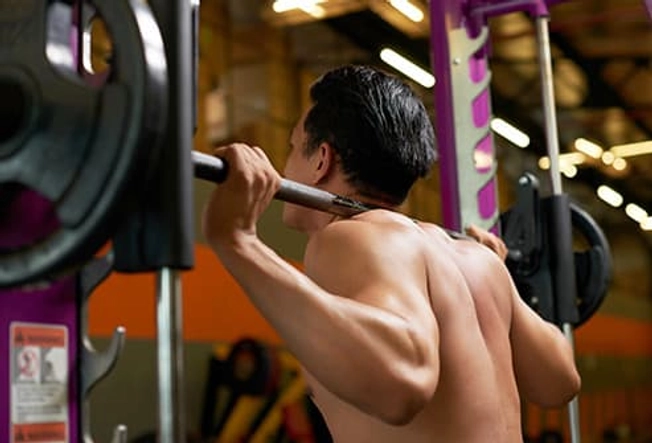
Strain
A strain pulls and tears the muscle or the tissue that attaches it to your bone (tendon). It happens when you extend too far, often in your legs or lower back. Treatment is the same as for a sprain: RICE for 48 hours, and special exercises (physical therapy) if it’s still painful after a couple of weeks. For both injuries, it’s best not to work out very hard for about 2 months, to give your body a chance to heal.
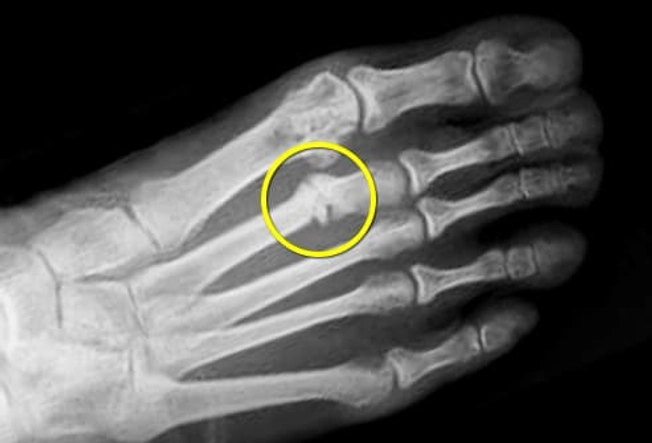
Stress Fracture
You can make tiny cracks in your bones when you do something over and over, as in running, basketball, or tennis. Where it happens depends on your activity: ribs for golfers, feet for dancers, legs for runners. Pain is often worse when you do the move that caused it. Your doctor will likely say to rest for 6-8 weeks to heal. If you don’t, you might do more damage that’s harder to treat. Supportive braces or shoe inserts also may help.
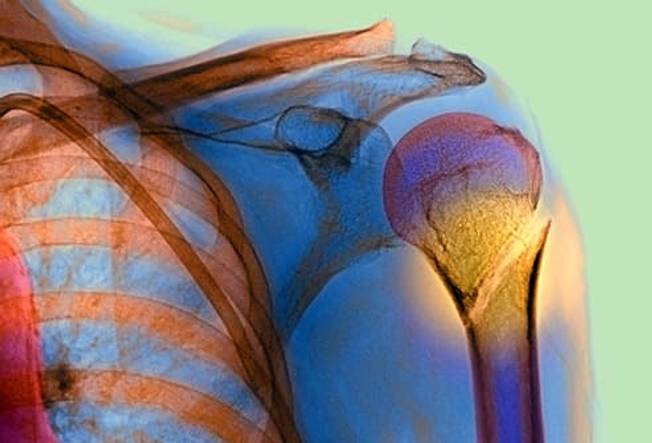
Broken Bone
A fall or hit, as in football or rugby, can cause a larger crack or a complete break. It’s usually swollen, bruised, and hurts a lot. The shape around the break, whether a finger, arm, or leg, may not look right. Your doctor will try to get your bone straight again and then keep it still with a cast so it can heal. You may need surgery if it’s serious.
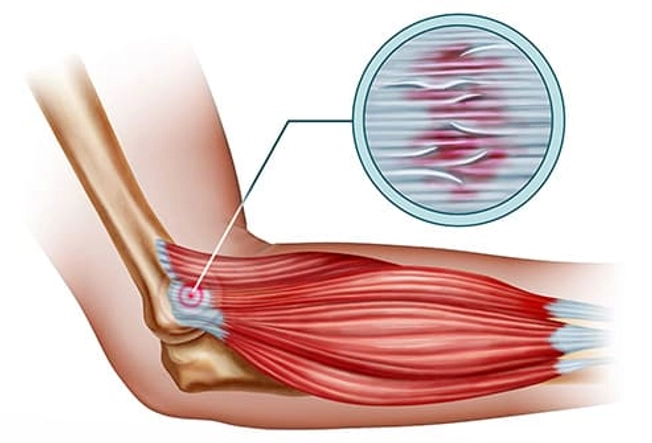
Tendinosis
Repeat a motion enough, and it could weaken or inflame tendons in different parts of your body: tennis elbow, swimmer's shoulder, jumper’s knee. Less often, a sudden tear or strain can do it. The pain is just outside the affected joint, especially when you move. You’ll probably need to treat it with rest and sometimes physical therapy. Medication may ease pain and swelling. A brace or splint helps keep it still.
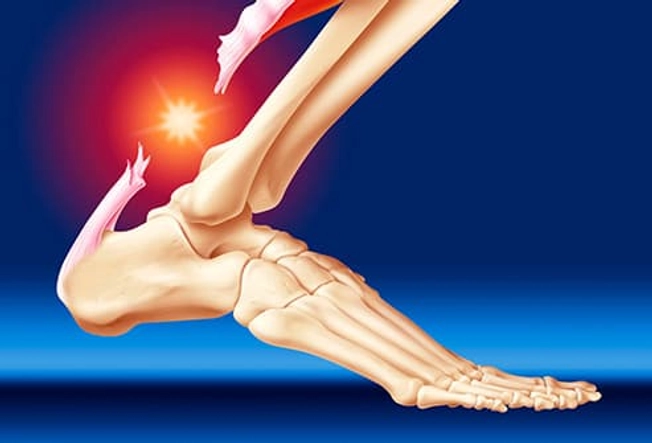
Ruptured Achilles
A jump or fall, often during sports, can tear or break (rupture) this thick tendon that connects your calf muscles to your heel. You might hear a sudden pop and feel a sharp pain in the back of your lower leg. Your heel could swell, and it may hurt to stand on your toes. Surgery is a standard treatment, but it’s not clear it works any better than RICE with crutches and a cast, at least for most people.
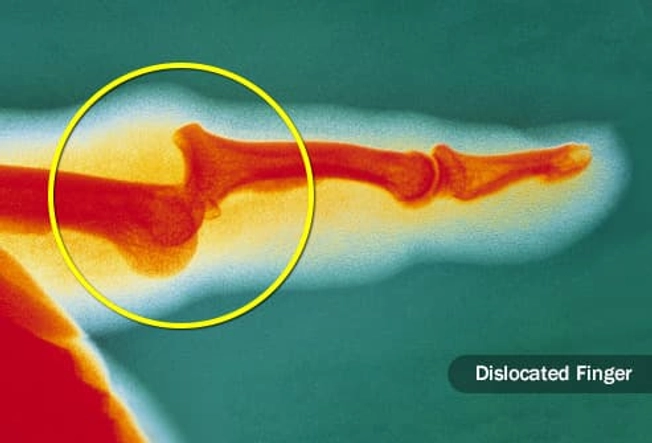
Dislocation
A sudden blow can separate two bones at the joint, partly or entirely. The shape of the area, often in the hand or shoulder, might change, and the area might become swollen, numb, and painful. Sometimes it damages tendons, ligaments, or nerves. Your doctor may push the bones back into place. After that, rest, ice, and physical therapy can help you heal, along with medication to ease pain and swelling. You may need surgery in rare cases.
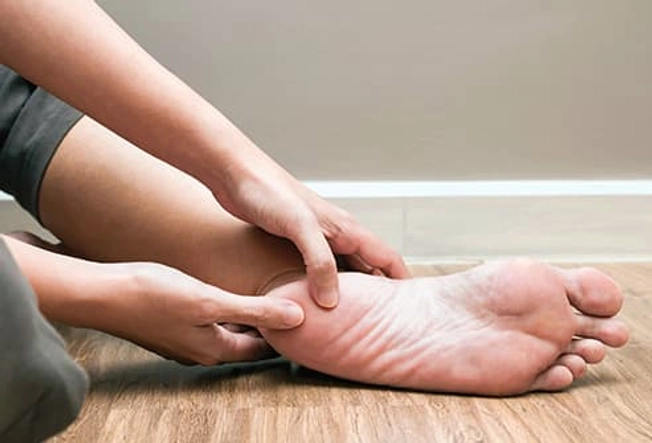
Plantar Fasciitis
It’s one of the most common causes of pain on the bottom of the heel. The ligament that connects the front and back of your foot and supports the arch gets swollen and irritated. It can happen if you ramp up your workouts too quickly, are overweight, or have tight calves or high arches. You can usually fix it with RICE and physical therapy, but your doctor may suggest surgery in rare cases.

Knee Injuries
Knees do constant, heavy, work with lots of moving parts. Repeated motions like running can cause problems (tendinosis, runner’s knee). You also might hurt one suddenly if you twist it, hit it, or land wrong after a jump. Damage to bone, the cartilage that covers it, or one of the four major ligaments in the knee may be serious. Treatment depends on the injury, but RICE is a good place to start.
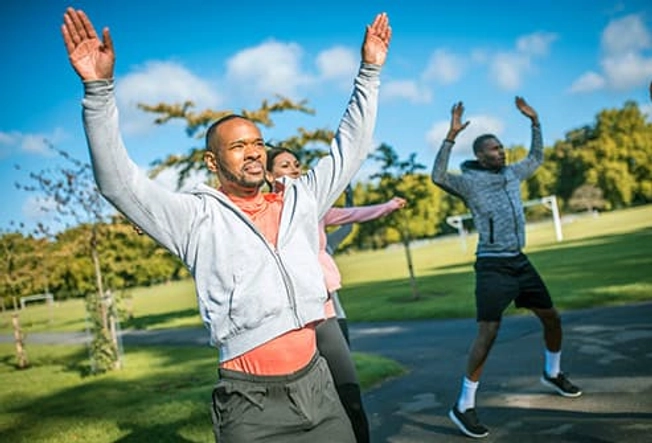
Prevention: Warm Up
It’s a good idea, whether you’re going to play a hot game of pickup basketball or a quiet round of golf. You loosen up muscles, ligaments, tendons, and joints, and that makes them harder to injure. Walk, run in place, or do some jumping jacks. All it takes is 5-10 minutes, a small price to pay to avoid hurting yourself.

Prevention: Stretch
Don’t hold a stretch when you’re warming up. Save that for after your workout. Take it easy, too. Never stretch so much that it hurts, and don’t bounce. Take a deep breath and exhale as you go into each one and hold the position for 10-20 seconds. Then inhale as you gently release. Don’t do any stretch more than once.

Prevention: Start Slow
You may want to jump into your new running shoes and see how fast and far you can go, even if you’ve never run before. That may feel like the right spirit, but it’s the wrong idea. When you start a new activity, give your body time to get used to it. Then, over time, you can add to the speed, distance, weight, or intensity. Listen to your body at each step of the way.

Prevention: Cross Train
That’s just a fancy way to say “Mix it up.” You might run, bike, or swim for your heart, lift weights for your muscles, and stretch to stay flexible. Another good move: yoga. It combines strength, flexibility, and balance training, and adds meditation that’s good for mental health. Together, these can help prevent injury and keep you interested in your workout program.

Prevention: Use the Right Gear
The correct equipment might help keep you safe. Wear supportive shoes made for your type of workout, and replace them when they wear out. Strap on a helmet when you bike outside. Light, loose-fitting clothing is best in warm weather, so you can move freely and get rid of body heat. Layers that are easy to take off are better for when it’s cold.
